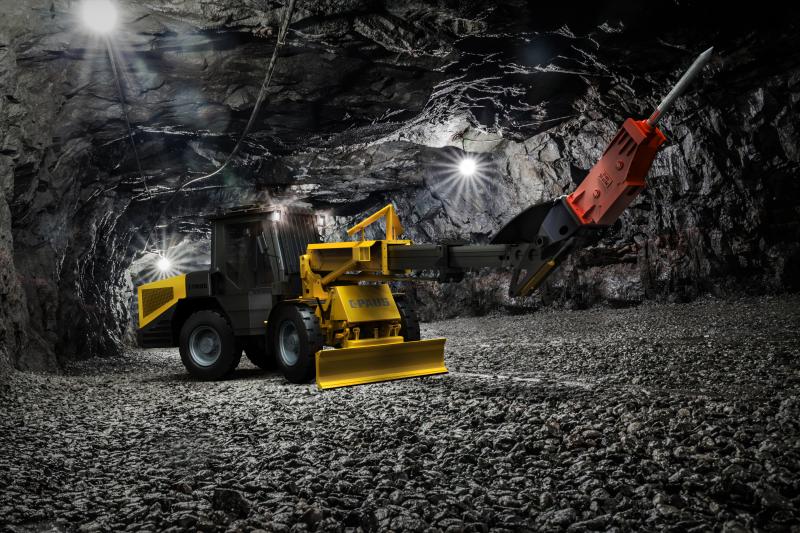In underground mining, the scaling process takes place after blasting where loose rock hanging from the roof is removed in a controlled manner aimed at creating a safe working environment. The scaling process can be performed by either manual (using a scaling bar) or mechanised (using a scaler) means.
For an effective scaling process, loose rock has to be detected and removed. To date, this process has not yet been successfully automated. Instead a mine worker taps on the roof with a bar and decides, based on the sound, whether the scaling process has to be performed at the appropriate place or not. Hence this process is highly dependent on human decisions. Further, according to the National Institute for Occupational Safety and Health (NIOSH), manual scaling is very labour intensive while mechanical methods can be too powerful or produce a less stable roof.
In the new ScaleSense project, a sensor-based system will be developed for the detection of loose rock during the scaling process and will be integrated into a scaler. The objective of this project is to assist the operator in identifying loose rock to make the scaling process safer and more efficient. The project is funded by the German Federal Ministry of Economic Affairs and runs from May 2020 to April 2022.
Within the ScaleSense Project, the Institute for Advanced Mining Technologies (AMT) at RWTH Aachen University is responsible for developing the sensor-based system for the detection of loose rock. For this, a combination of Long Wave Infrared Thermography and Acoustic Emission technology will be used. This will lead to a more robust sensor system, in case of failure of one system, with higher reliability and a more complete detection of the loose rock.
Hermann Paus Maschinenfabrik GmbH is responsible for integrating the sensor technology into a scaler and also for developing a visualisation concept. Since the scaling process is related to the safety aspect of the mine, the two partners believe that the resulting system will be highly relevant for the mining industry and will also contribute to digitalisation of the scaling process.











